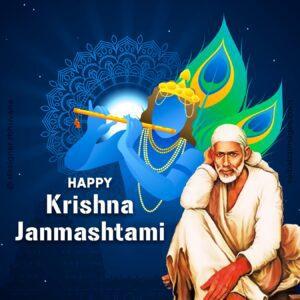As Ramanavami fills the air with the spirit of devotion, embark on a unique pilgrimage: experiencing the Ramayana Through Shirdi Sai Baba’s Eyes.
A Night in Shirdi
The flickering oil lanterns created swirling shadows on the ancient walls of Dwarakamai. A gentle wind carried the fragrance of sandalwood incense and the faint murmur of chanting believers. Located in the heart of Shirdi, this humble dwelling exuded an intangible force emanating from the saint who sat among them, Shirdi Sai Baba.
Tonight, the air was filled with expectation. Ramnavami had arrived, bringing with it the annual ritual of Baba reading the Ramayana. Devotees from all walks of life had assembled, their expressions filled with awe and desire. Kakasaheb Dixit, a Dwarakamai regular and devoted historian of Baba’s teachings, sat among them.
As the darkness slipped, Sai Baba, His white kafni loosely thrown about his figure, began his story. His sweet but strong voice filled the room, bringing them from the dusty limits of Shirdi to the majestic halls of Ayodhya.
Witnessing the Ramayana Through Sai Baba’s Eyes
The Birth of a Prince
Sai Baba’s remarks described King Dasharatha’s joy at the birth of his four sons, notably Rama, the oldest. The devotees sensed the warmth of the festive fires and the joyful shouts that resonated throughout the castle. They saw the glowing Kaushalya cuddling her newborn baby, his destiny written in the heavens.
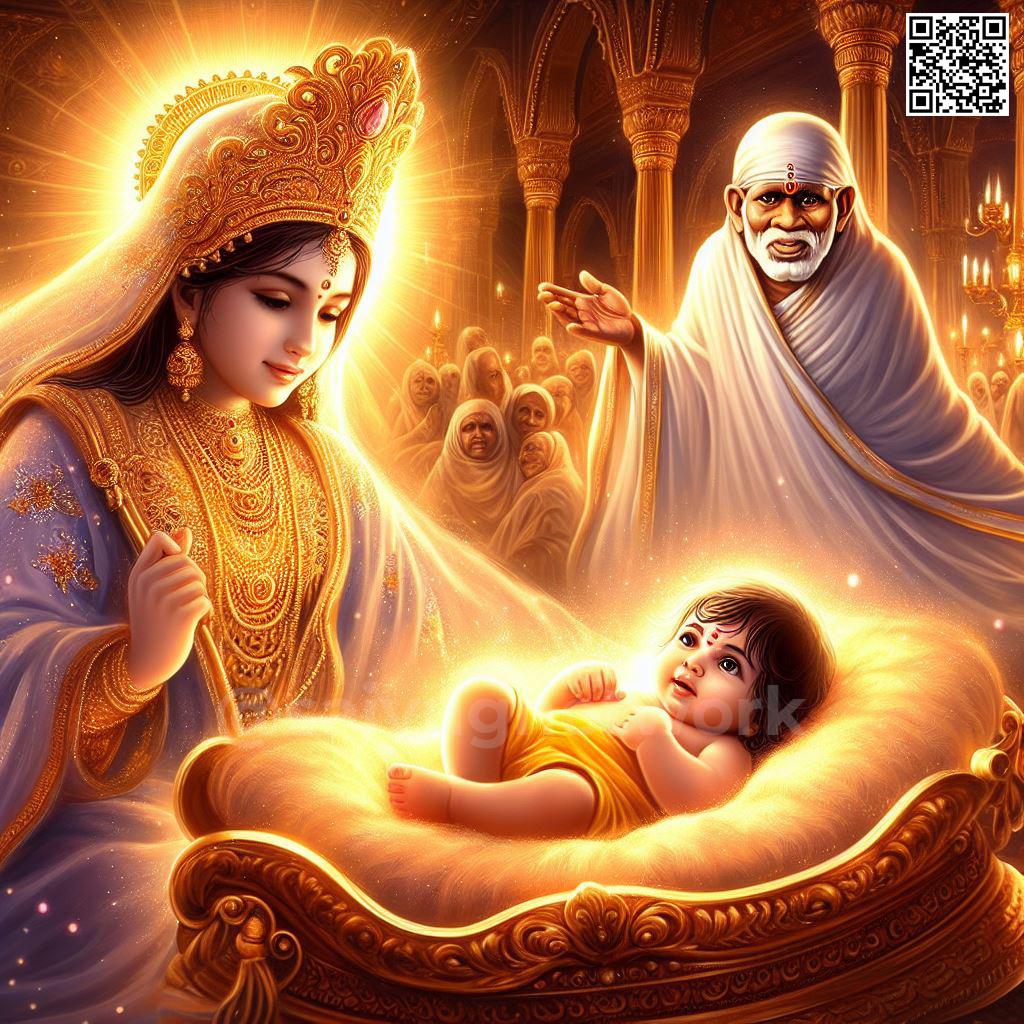
A Young Warrior’s Journey
With each passing night, Baba created a tapestry of Rama’s life. They observed his childhood, which was spent studying and practicing martial arts. His voice reflected Rama’s steadfast concentration as He learned the skill of archery, with the bowstring humming its appreciation with every shot.
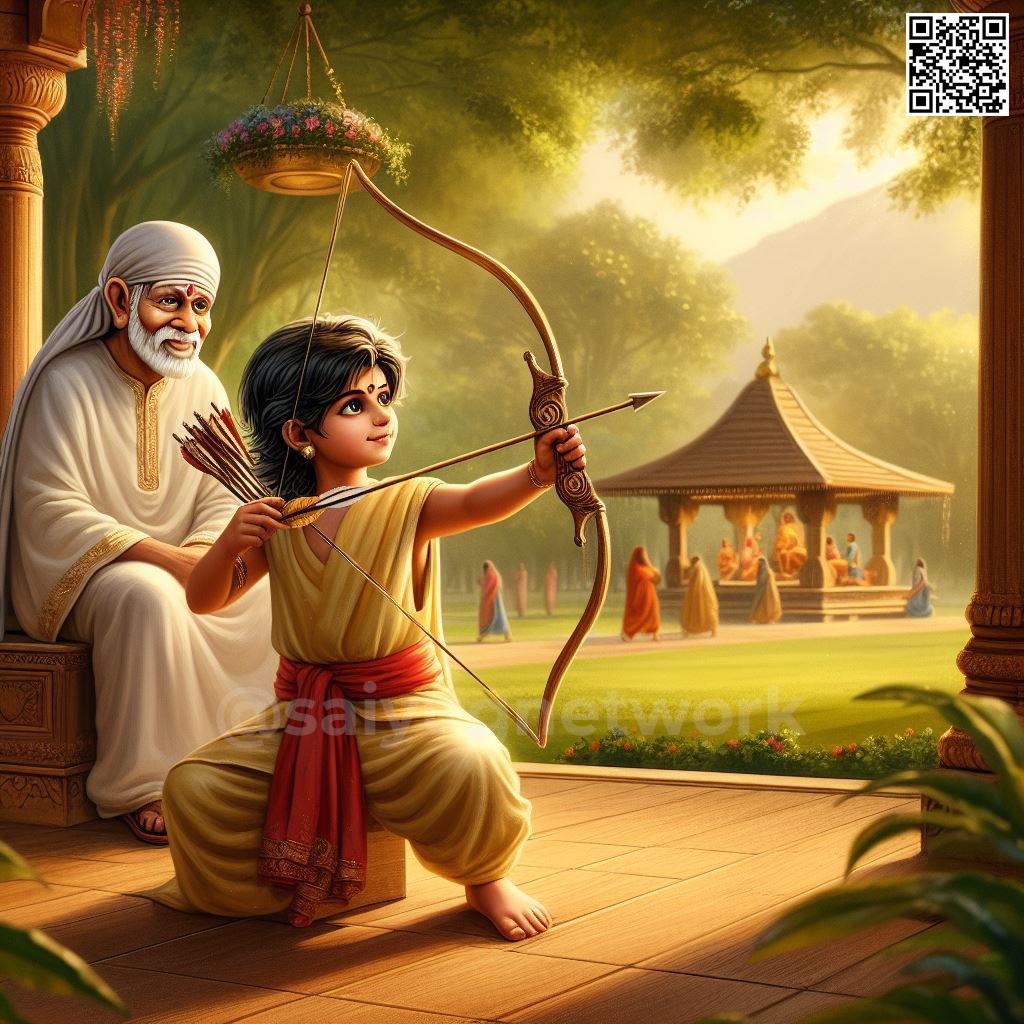
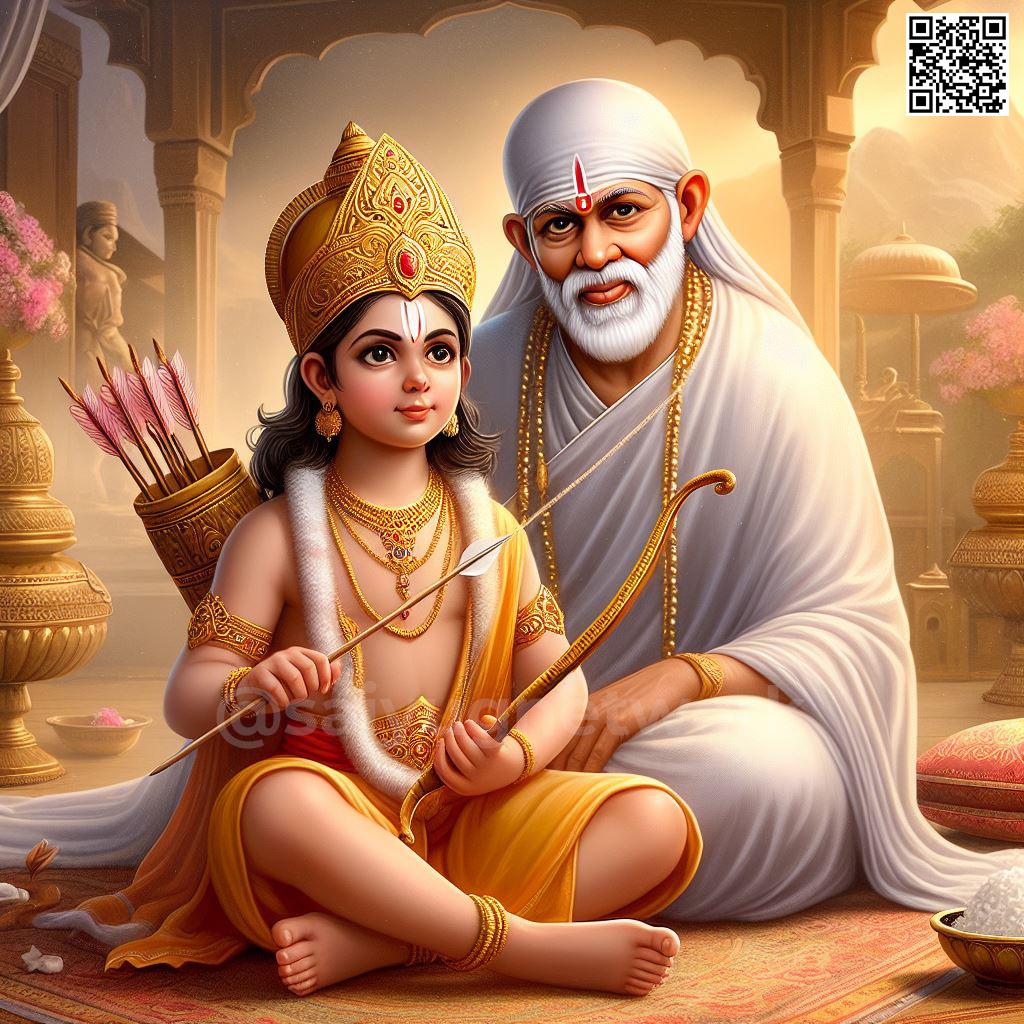
A Bond Forged in Love
The narrative then switched to Sita Mata’s great Swayamvara, which was a show of splendor and competitiveness. Each prince sought to draw the enormous bow, but it was Rama who triumphed, the bow succumbing to his relentless determination. The devotees rejoiced in their union, the budding love between Rama and Sita, a relationship destined for trials and suffering.
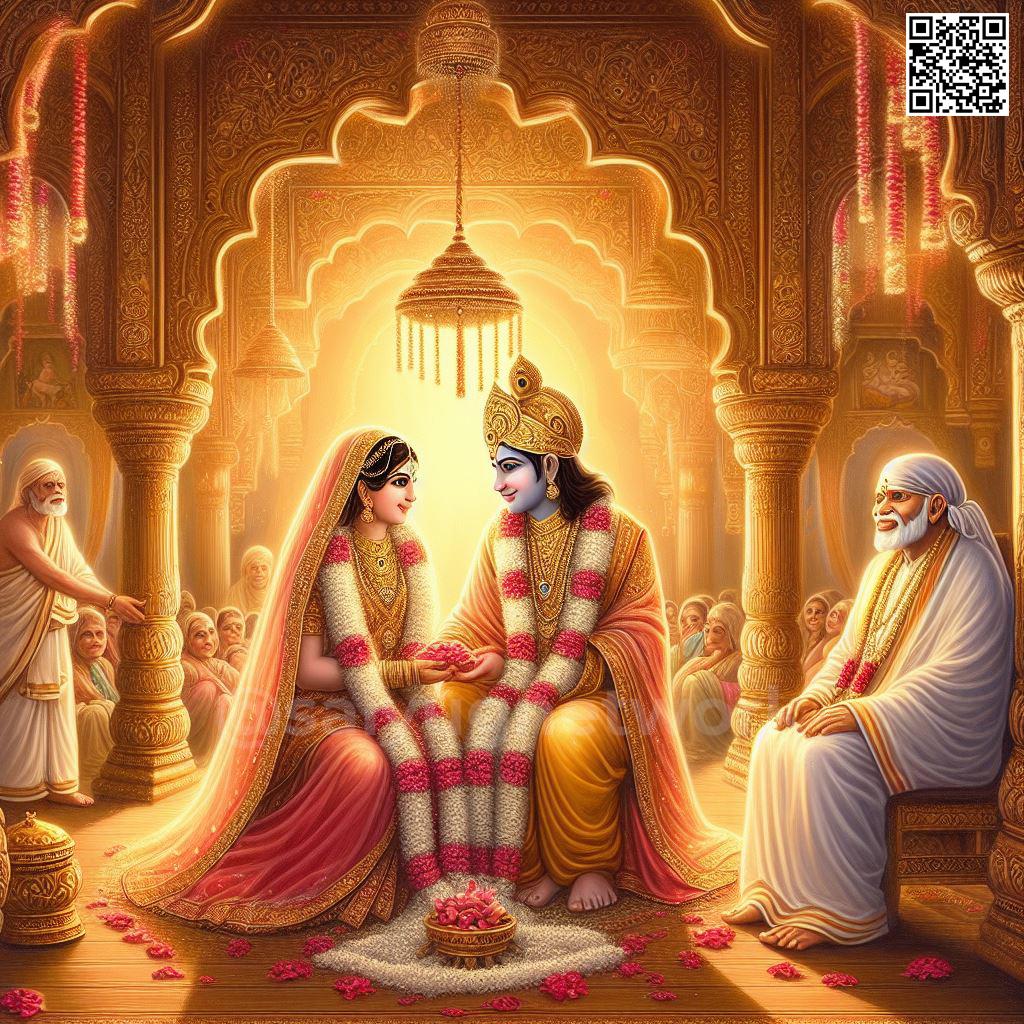
Exile and Strength
A silence came over the gathering as Baba recounted the circumstances that led to Rama’s banishment. The unfairness of Kaikeyi’s demands lingered in the air, and Dasharatha’s sorrow was evident. They did, however, observe Rama’s unshakable dedication to dharma, as well as his acceptance of his fate, which reflected on his character.
Following Rama into the peaceful wilderness, the devotees sensed the calm of the forest and the power of Rama, Sita, and Lakshmana’s relationship. Baba’s comments rang out above the chirping of birds, the rustling of foliage, and the crackling of the bonfire.
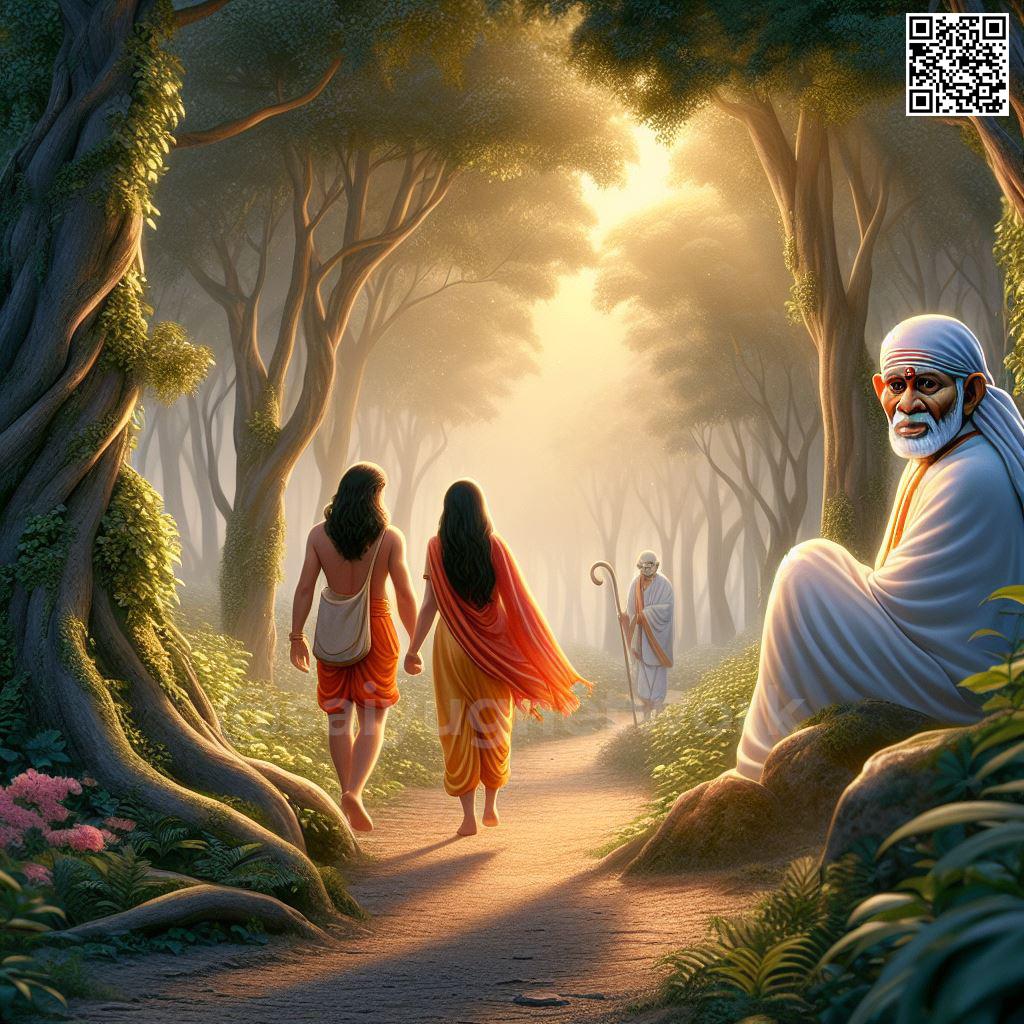
A Turning Point
The calm atmosphere was disrupted when Baba described Sita Mata’s kidnapping. The entire crowd held its breath as Ravana, the epitome of evil, took Sita away. Fear deformed the faces in the room, in sharp contrast to the serenity they had just felt. The pain imprinted on Rama’s face reflected the struggle in their emotions.
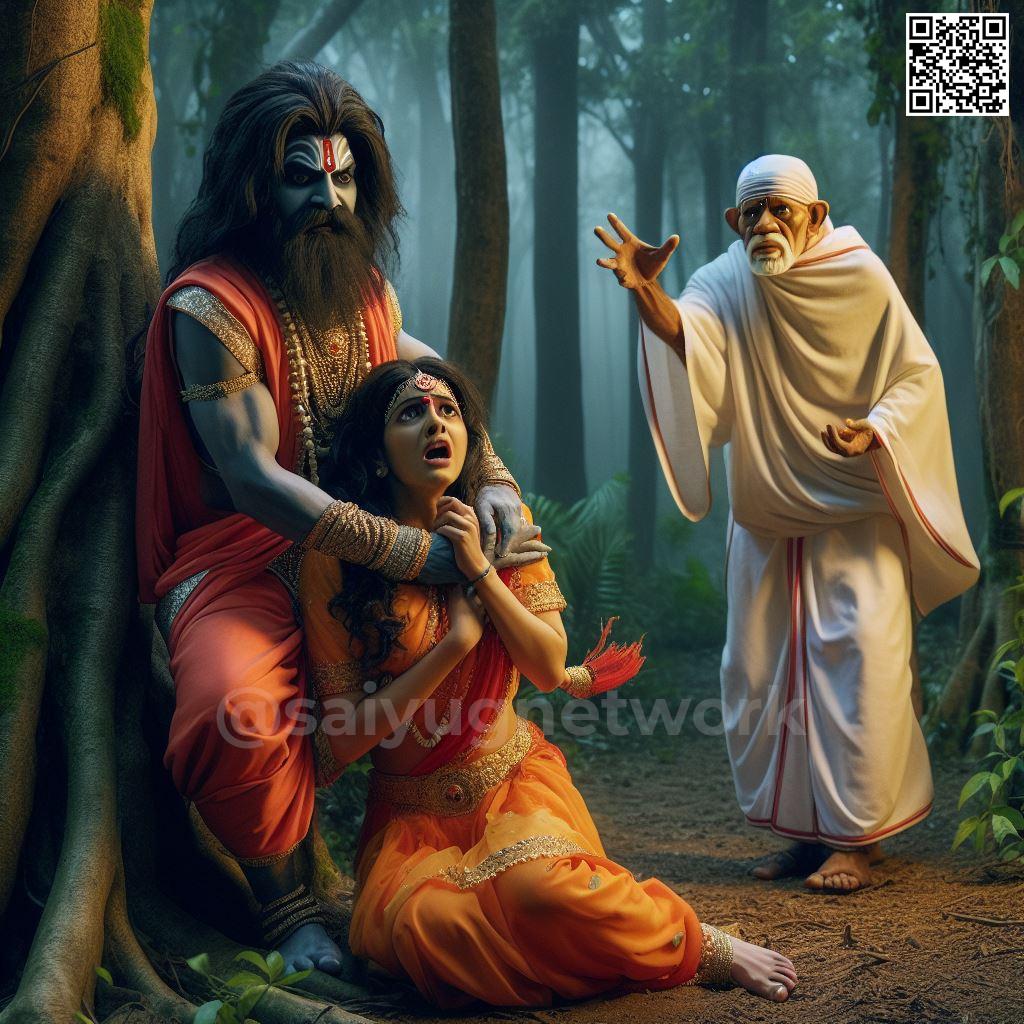
The Fire of Righteous Fury
But sadness quickly gave way to justified rage. Baba emphasized Rama’s steely will and devotion to rescuing Sita and upholding dharma. The believers sensed the tremors of battle approaching, the confrontation between good and evil about to occur.
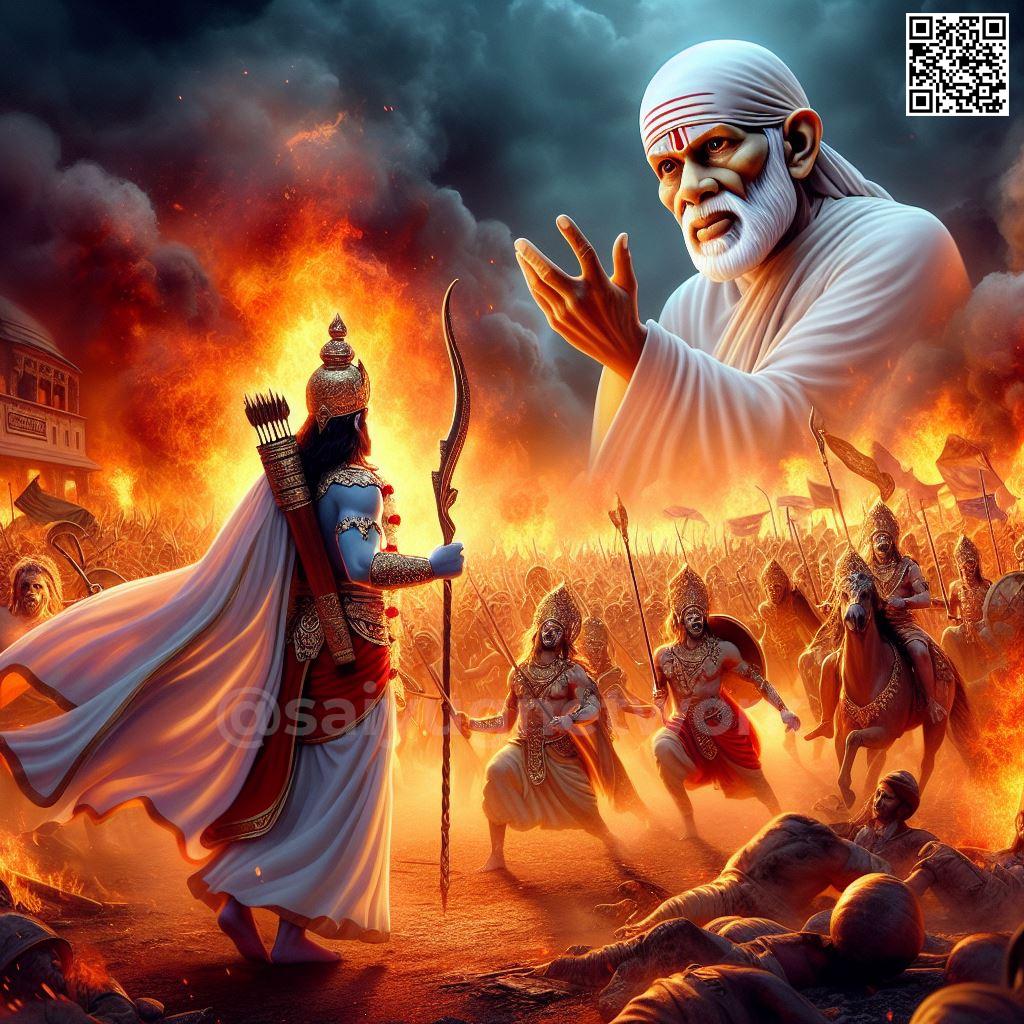
The Triumph of Light
The narrative then shifts to Lanka, where Rama and his loyal Vanara army fight Ravana’s armies. Each fight echoed with the clatter of swords and the roars of powerful warriors. The followers felt the strain increase, their faith hanging in the balance. Finally, when Baba detailed the climactic combat between Rama and Ravana, the gathering was filled with tense excitement.
Then came the moment everyone had been waiting for. With a joyful flourish, Baba declared Rama’s victory. A collective sigh of relief echoed across the crowd, followed by joyful cries of “Sai Ram!”
The Return to Ayodhya
The concluding chapters described Rama and Sita’s triumphant homecoming to Ayodhya. Baba’s words brought the city to life, decked out in flowers and brimming with joy. The devotees imagined Kaushalya’s tears of delight, Rama’s hug with his siblings, and the coronation that signaled the start of Rama’s virtuous reign.
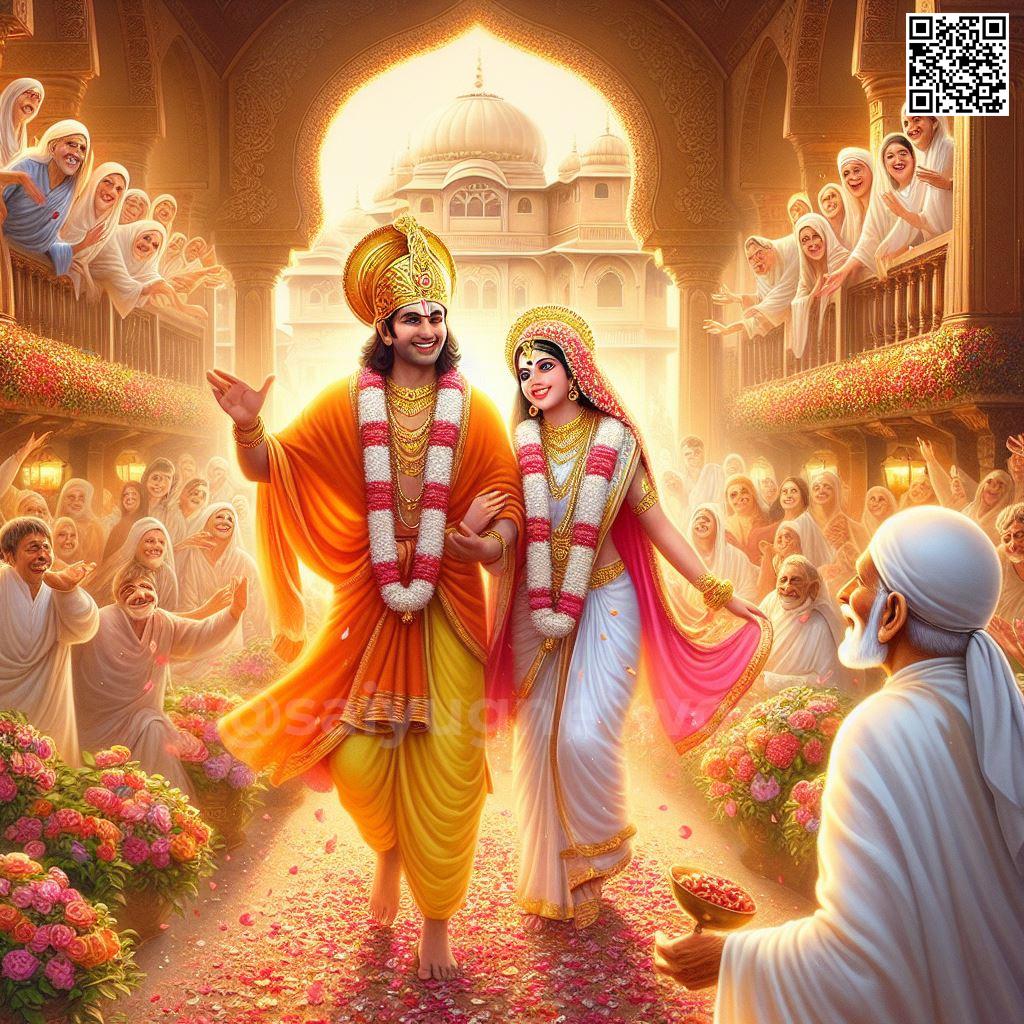
Sai Baba’s Blessings
As Baba concluded his narration, a profound silence filled the Dwarakamai. Each devotee carried a piece of the Ramayana within their hearts. The story of Rama wasn’t just about a prince and his battles; it was a lesson in courage, devotion, and the ultimate victory of good over evil.
Kakasaheb, his pen speeding across the pages, caught the spirit of the night’s happenings, adding them to his ever-expanding collection of Baba’s instructions. The experience had gone beyond merely a story. It was a journey of faith, a testament to the transformative power of listening to the divine.
Beyond the Narration
Baba’s narrative for the devotees assembled in the Dwarakamai was more than just a recital of an epic story. It was a profound experience. His words went beyond the confines of language and transported them to the core of the Ramayana.
Every devotee discovered something personal in the narrative. Some people identified with Rama’s constant dedication to dharma, while others saw a mirror of Sita’s enduring trust in her spouse. Some identified with Lakshmana’s unshakable commitment, while others found relief in Hanuman’s everlasting devotion to his chosen deity.
Baba, with his sweet smile and intriguing presence, was more than just a narrator. He served as a conduit between his disciples and the heavenly spirit of the Ramayana. His pauses were fraught with significance, and his silences were rich with unsaid knowledge. His intermittent interjections, which were sometimes seemingly unconnected anecdotes or cryptic sayings, gave layers of significance to the tale, stimulating introspection and reflection.
Lessons Learned
As the night drew to a conclusion and the devotees regretfully walked out of the Dwarakamai, they brought with them not only Rama’s narrative, but also vital life lessons:
- The Importance of Dharma: Baba’s recitation of the Ramayana emphasized the necessity of following one’s dharma, or upright path. It served as a reminder that even in the face of adversity, doing the right thing eventually leads to success.
- The Power of Faith: Rama, Sita, and their supporters’ unshakable faith moved the followers deeply. It demonstrated the importance of steadfast belief in the face of hardship.
- Conquering Inner Demons: Rama and Ravana’s conflict was more than simply exterior. It represents the underlying conflict between good and evil that dwells within every person. Baba’s narration emphasized reflection and the ongoing struggle against one’s own flaws.
- Strength in Unity: The Ramayana emphasized the value of togetherness. The link between Rama, Lakshmana, Sita, and their friends was a poignant reminder that when people band together for a good purpose, they can conquer any challenge.
A Legacy of Devotion
The practice of Sai Baba reading the Ramayana on Ramnavami has become an important component of Shirdi’s spiritual life. It was not merely a ceremony, but a transforming event that continues to inspire adherents to this day. Kakasaheb Dixit’s works, which include the renowned “Sai Satcharitra,” have guaranteed that this heritage and its deep lessons have been passed down through centuries.
The narrative of a night in Shirdi spent listening to Sai Baba recount the Ramayana exemplifies the enduring power of faith, storytelling, and devotion. It reminds us that the Ramayana is more than simply a story from a bygone age; it is a timeless epic that continues to provide essential lessons for navigating the complexity of life. Shirdi Sai Baba’s angelic voice brings the narrative to life, urging us to accept dharma, build faith, and travel the road of righteousness.



